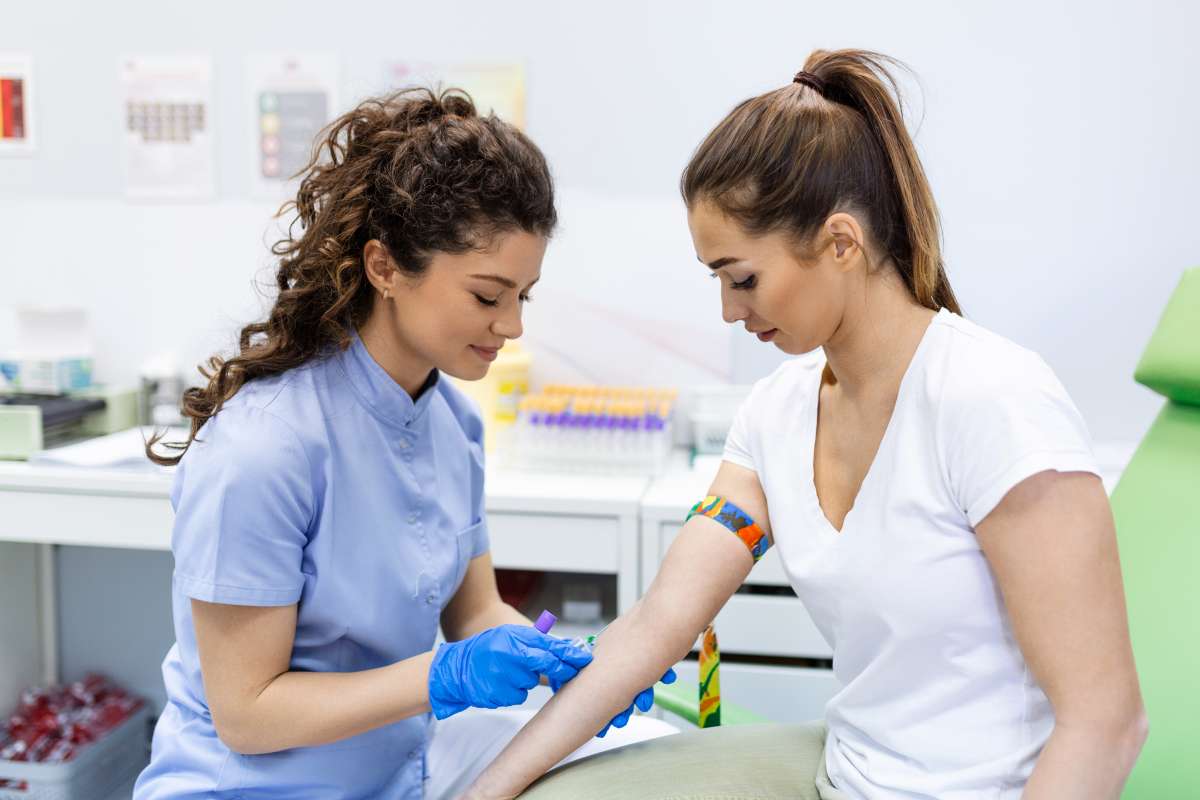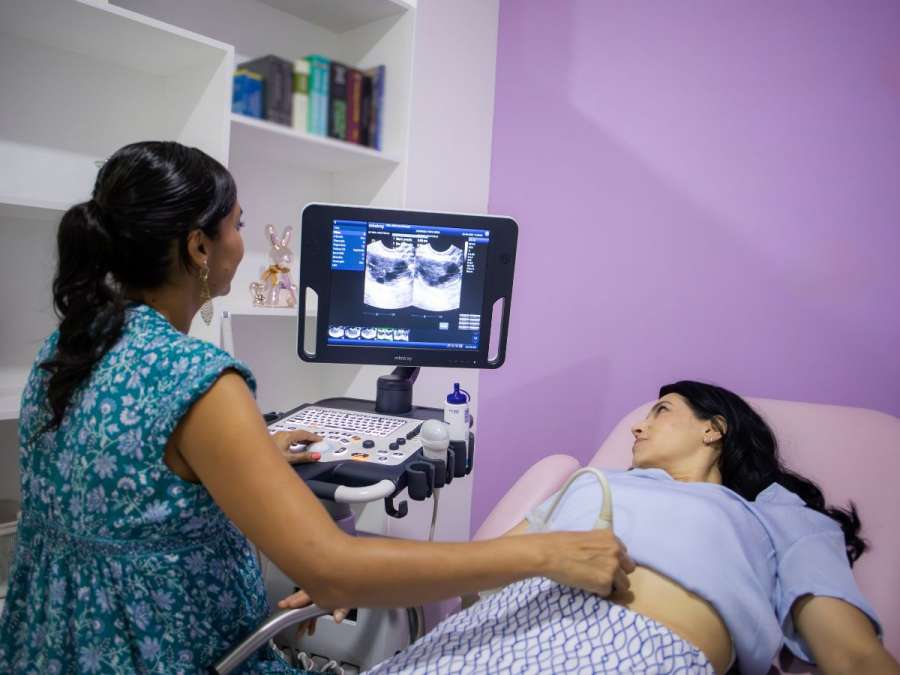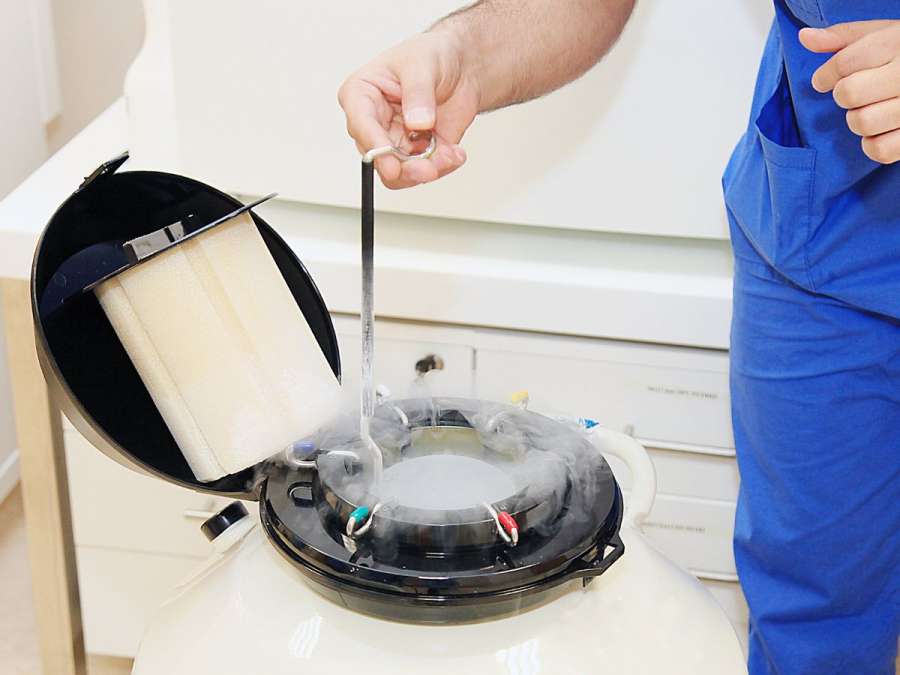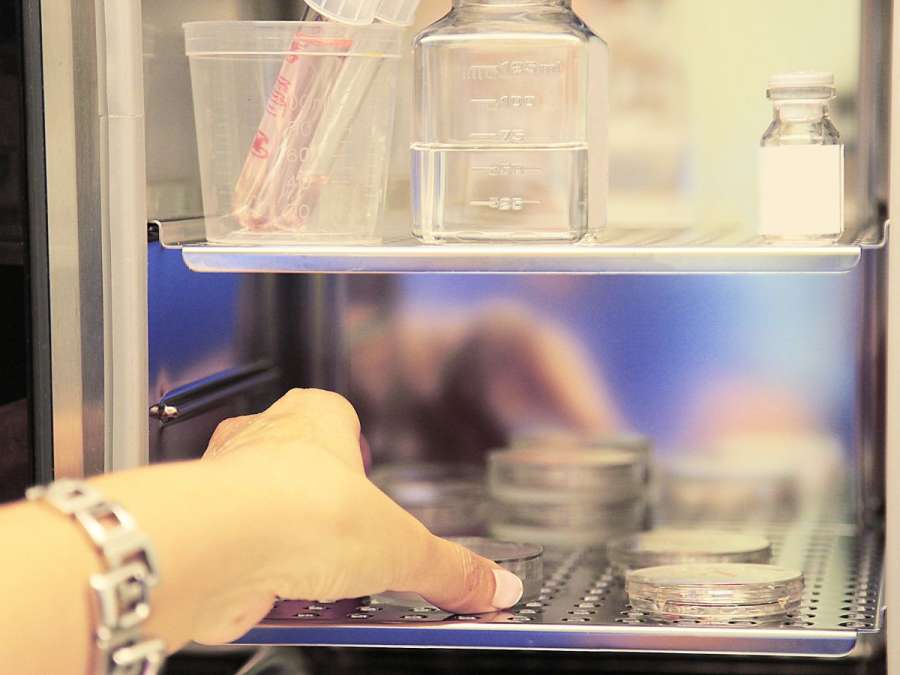In vitro fertilization (IVF) has advanced reproductive medicine, offering hope to individuals and couples struggling with infertility. The IVF process involves various stages, each with its significance and complexities. This detailed article will provide a step-by-step guide to the IVF process, discussing the procedures, considerations, and emotions involved along the way.
1. Initial Consultation and Evaluation:
a. Choosing a Fertility Clinic:
- Research and select a reputable fertility clinic with experienced specialists and a high success rate.
- Consider factors such as location, cost, and the clinic’s approach to personalised care.
b. Diagnostic Testing and Evaluation:

- Undergo thorough diagnostic tests to assess fertility factors and determine the most suitable treatment plan.
- Tests may include hormonal evaluations, semen analysis, ovarian reserve testing, and uterine evaluations.
2. Ovarian Stimulation and Monitoring:
a. Ovarian Stimulation:
- Administer fertility medicines to stimulate the ovaries, promoting the development of multiple follicles.
- Medication protocols are specific to individual needs and closely monitored by the medical team.
b. Ultrasound Monitoring and Hormonal Blood Tests:

- Medical professionals conduct regular ultrasound scans and hormonal blood tests to monitor follicular development and hormone levels.
- Adjustments to medicine dosage may be made based on these monitoring results.
3. Egg Retrieval:
a. Preparing for Egg Retrieval:
- Anesthesia options and any necessary pre-operative instructions are discussed with the patient.
- The timing of the egg retrieval procedure is carefully planned based on follicle maturity.
b. Egg Retrieval Procedure:

- A transvaginal ultrasound-guided procedure is performed to draw out mature eggs from the follicles.
- The eggs are then handed over to the embryology lab for further processing.
4. Fertilization and Embryo Development:
a. Sperm Collection and Preparation:
- The male partner provides a semen sample on the day of egg retrieval.
- The sperm sample undergoes preparation techniques to isolate healthy and motile sperm.
b. Fertilization Techniques:

- Two main fertilization methods exist. The first is conventional insemination, which involves mixing eggs and sperm in a culture dish. Intracytoplasmic sperm injection (ICSI) involves injecting a single sperm into each mature egg as part of the second method.
- The chosen method is based on factors such as sperm quality and previous fertilization results.
c. Embryo Culture and Development:
- Fertilized eggs (embryos) are cultured in a controlled laboratory environment.
- Embryo development and quality are monitored, and the medical team determines the optimal time for embryo transfer.
5. Embryo Transfer:
a. Embryo Selection and Preparation:
- The embryology team evaluates embryo quality and selects the most viable embryos for transfer.
- Hormonal medications may be prescribed to prepare the uterine lining for implantation.
b. Transferring the Embryos:

- A thin catheter gently transfers the selected embryos into the uterus.
- Medical professionals determine the number of embryos transferred based on various factors, including patient age and embryo quality.
6. Post-Transfer and Pregnancy Testing:
a. Luteal Phase Support:
- Hormonal medicines or supplements are prescribed to support the luteal phase after embryo transfer.
- These medicines help create an optimal environment for embryo implantation.
b. Pregnancy Testing:

- A blood test to measure levels of the pregnancy hormone hCG is performed approximately 10-14 days after embryo transfer.
- A positive result indicates a successful pregnancy, while a negative result suggests the need for further evaluation or treatment.
The IVF process is a journey that requires careful planning, close monitoring, and collaboration between patients and their medical teams. From the initial consultation to embryo transfer and pregnancy testing, each step is important in increasing the chances of successful conception. By understanding the step-by-step process, patients can go through the IVF journey with confidence, hope, and optimism. This ultimately increases their chances of achieving their dream of parenthood.
